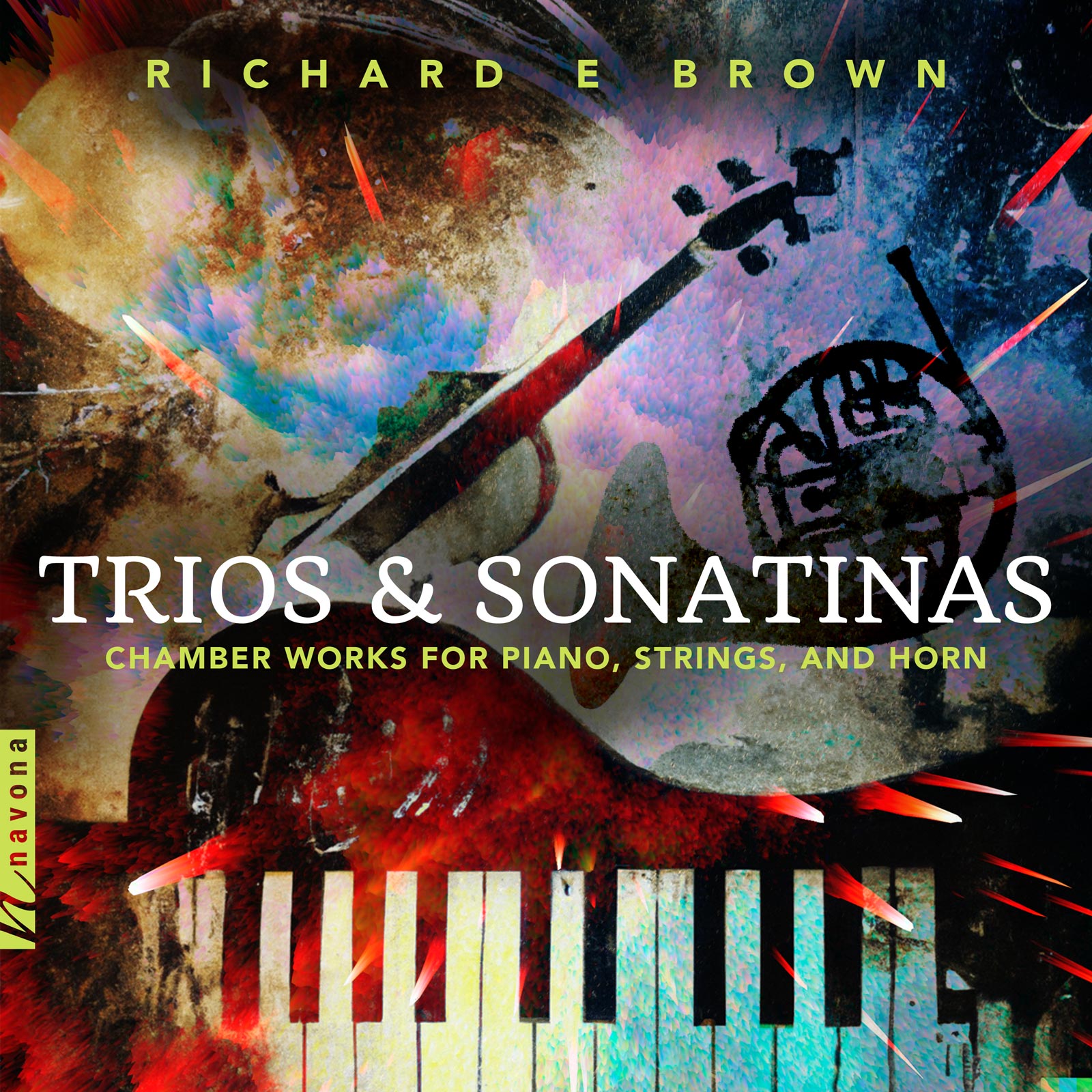Trios & Sonatinas
Richard E Brown composer
If there is one thing that is important to Richard E Brown, it’s clarity; it would be impossible to listen to any of his compositions without finding one’s emotions immediately and intuitively seized, no explanations necessary. Brown’s music is at once neoclassical and aesthetic, and his selection of TRIOS & SONATINAS makes for a perfect introduction.
Aforementioned clarity is also the secret ingredient which allows Brown to breezily and naturally unite polar opposites: the Western classical piano trio with Korean folk themes, the simple sonatina form with musical complexity, and the frail violin and resounding horn as equals in another trio. Simplicity is supposedly the ultimate form of sophistication, and TRIOS & SONATINAS makes a strong point indeed.
Listen
Stream/Buy
Choose your platform
Track Listing & Credits
| # | Title | Composer | Performer | |
|---|---|---|---|---|
| 01 | Trio no. 1 (Koreana): I. Chaconne (Andante con moto; Meno mosso) | Richard E Brown | Trio Casals | Alexandr “Sasha” Kislitsyn, violin; Ovidiu Marinescu, cello; Anna Kislitsyna, piano | 4:58 |
| 02 | Trio no. 1 (Koreana): II. Scherzo (Allegro agitato) | Richard E Brown | Trio Casals | Alexandr “Sasha” Kislitsyn, violin; Ovidiu Marinescu, cello; Anna Kislitsyna, piano | 2:58 |
| 03 | Trio no. 1 (Koreana): III. Fugue (Vivace con spirito) | Richard E Brown | Trio Casals | Alexandr “Sasha” Kislitsyn, violin; Ovidiu Marinescu, cello; Anna Kislitsyna, piano | 2:16 |
| 04 | Sonatina for Viola and Piano: I. Allegro moderato | Richard E Brown | Peter Sulski, viola; Randall Hodgkinson, piano | 3:27 |
| 05 | Sonatina for Viola and Piano: II. Andante | Richard E Brown | Peter Sulski, viola; Randall Hodgkinson, piano | 2:02 |
| 06 | Sonatina for Viola and Piano: III. Vivace | Richard E Brown | Peter Sulski, viola; Randall Hodgkinson, piano | 2:23 |
| 07 | Trio for Violin, Horn, and Piano: I. Adagio; Allegro moderato | Richard E Brown | Juventas New Music Ensemble | Anne Howarth, horn; Ryan Shannon, violin; Julia Scott Carey, piano | 5:43 |
| 08 | Trio for Violin, Horn, and Piano: II. Andante doloroso | Richard E Brown | Juventas New Music Ensemble | Anne Howarth, horn; Ryan Shannon, violin; Julia Scott Carey, piano | 4:10 |
| 09 | Trio for Violin, Horn, and Piano: III. Allegro con spirito | Richard E Brown | Juventas New Music Ensemble | Anne Howarth, horn; Ryan Shannon, violin; Julia Scott Carey, piano | 3:42 |
| 10 | Sonatina for Cello and Piano: I. Allegro moderato | Richard E Brown | Ovidiu Marinescu, cello; Anna Kislitsyna, piano | 3:10 |
| 11 | Sonatina for Cello and Piano: II. Andante con moto | Richard E Brown | Ovidiu Marinescu, cello; Anna Kislitsyna, piano | 3:15 |
| 12 | Sonatina for Cello and Piano: III. Allegro | Richard E Brown | Ovidiu Marinescu, cello; Anna Kislitsyna, piano | 2:22 |
| 13 | Trio no. 2 (Pastoral): I. Lento; Moderato | Richard E Brown | Trio Casals | Alexandr “Sasha” Kislitsyn, violin; Ovidiu Marinescu, cello; Anna Kislitsyna, piano | 5:00 |
| 14 | Trio no. 2 (Pastoral): II. Animato; Tranquillo; Tempo I | Richard E Brown | Trio Casals | Alexandr “Sasha” Kislitsyn, violin; Ovidiu Marinescu, cello; Anna Kislitsyna, piano | 3:27 |
| 15 | Trio no. 2 (Pastoral): III. Adagio; Lento | Richard E Brown | Trio Casals | Alexandr “Sasha” Kislitsyn, violin; Ovidiu Marinescu, cello; Anna Kislitsyna, piano | 2:55 |
Trio no. 1 (Koreana), Sonatina for Viola and Piano, Trio no. 2 (Pastoral)
Recorded February 27-28 & October 28, 2021 at Shalin Liu Performance Center in Rockport MA
Producer, Editing & Mixing Brad Michel
Engineer Tom Stephenson
Trio for Violin, Horn, and Piano
Recorded February 16, 2022 at Shalin Liu Performance Center in Rockport MA
Producer Brad Michel
Engineer Tom Stephenson
Editing & Mixing Lucas Paquette
Sonatina for Cello and Piano
Recorded June 2, 2022 at Madeleine Wing Adler Theatre, West Chester University in West Chester PA
Producer & Engineer Brad Michel
Editing Ethan Fields
Additional Editing Melanie Montgomery, Lucas Paquette
Mastering Melanie Montgomery
Executive Producer Bob Lord
A&R Director Brandon MacNeil
A&R Danielle Sullivan
VP of Production Jan Košulič
Production Director Levi Brown
Audio Director Lucas Paquette
Production Assistant Martina Watzková
VP, Design & Marketing Brett Picknell
Art Director Ryan Harrison
Design Edward A. Fleming, Morgan Hauber
Publicity Patrick Niland
Artist Information
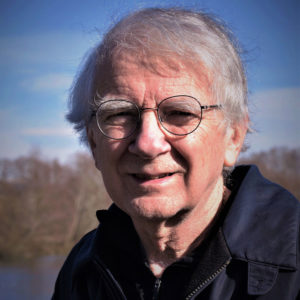
Richard E Brown
Richard E Brown, a native of New York State and has been active as a composer-arranger and music educator for many years. His training includes M.M. and D.M. degrees in composition from Florida State University, as well as a B.A. in music education from Central College, which named him a Distinguished Alumnus in 1983. His principal composition studies were with Carlisle Floyd, John Boda, and Charles Carter. He is a member of ASCAP and is represented in the catalogs of several trade publishers, as well as his personal imprint Dacker Music.
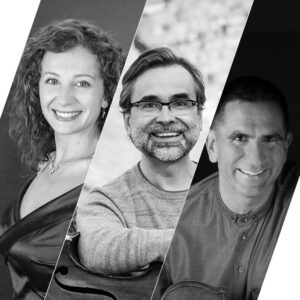
Trio Casals
Since making a highly-praised debut at the 1996 edition of the Pablo Casals Festival in Puerto Rico, Trio Casals has delighted audiences with spectacular virtuosity, engaging enthusiasm, and exquisite musical elegance. The ensemble released several commercial albums with PARMA Recordings and Navona Records to critical acclaim with Ovidiu Marinescu and past members including Anna Kislitysyna, Alexandr Kislitsyn, and Sylvia Ahramjian, from the beloved MOTO series to A GRAND JOURNEY and more. Marinescu remains in the current ensemble line up, with Mădălina-Claudia Dănilă and Timothy Schwarz joining in 2024.

Peter Sulski
Peter Sulski was a member of the London Symphony Orchestra for seven years. While in England he served on the faculty of the Royal College of Music and Trinity College of Music and Drama, as well as being Artistic Director of Chapel Royal Concerts, which he founded in 1993.
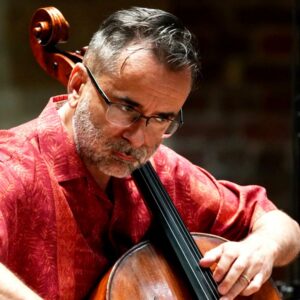
Ovidiu Marinescu
Ovidiu Marinescu is internationally recognized as a cellist, composer, conductor, and educator. He has performed at Carnegie Hall, Weill Hall, Merkin Hall (New York), the Great Hall of the Moscow Conservatory, Holywell Room in Oxford, Oriental Art Center in Shanghai, and has appeared as soloist with the London Symphony, New York Chamber Symphony, the National Radio Orchestra of Romania, Moscow Chamber Orchestra, Helena, Great Falls, Portsmouth, and Newark Symphonies, Southeastern Pennsylvania Symphony Orchestra, Cleveland Philharmonic, Limeira Symphony in Brazil, Orquesta de Extremadura in Spain, and most of the professional orchestras in his native Romania. The album LONDON CELLO CONNECTION features Marinescu and London Symphony Orchestra in eight newly-commissioned cello concertos by North American composers.
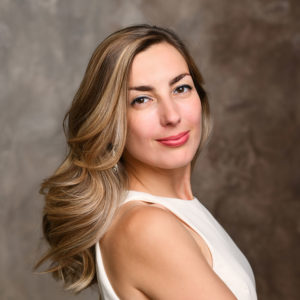
Anna Kislitsyna
Pianist and harpsichordist Anna Kislitsyna made her solo debut at age 10 with the Omsk Symphony Orchestra. She remains in high demand as a soloist, collaborative pianist, and educator. Recent season highlights include five new album productions with PARMA Recordings and two release concerts in Carnegie Hall’s Weill Recital Hall, performing Haydn and Shostakovich Piano Concertos with Helena Symphony and Southeastern Pennsylvania Symphony Orchestra, and returning to the Omsk Philharmonic as a soloist to give the inaugural performance on the new harpsichord.
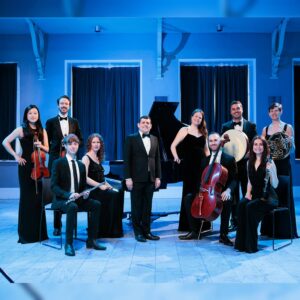
Juventas New Music Ensemble
Juventas New Music Ensemble is a contemporary chamber group with a special focus on emerging voices. Juventas shares classical music as a vibrant, living art form. They bring audiences music from a diverse array of composers that live in today’s world and respond to our time. Since its founding in 2005, Juventas has performed the music of more than 300 living composers. The ensemble has earned a reputation as a curator with a keen eye for new talent. It opens doors for composers with top-notch professional performances that present their work in the best possible light.
